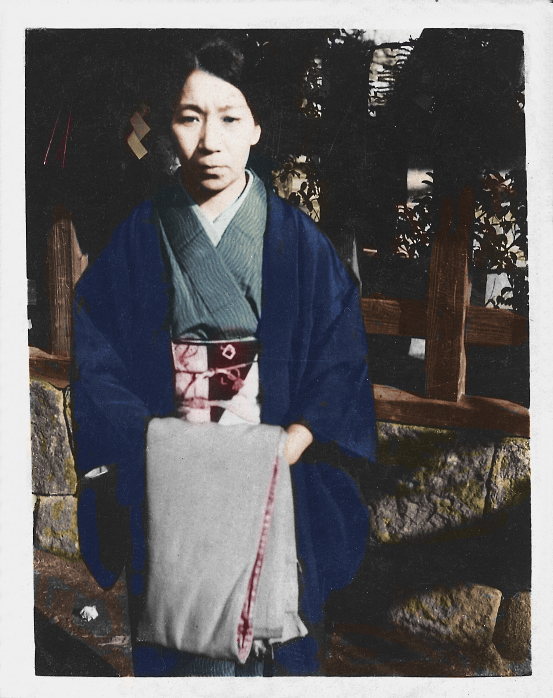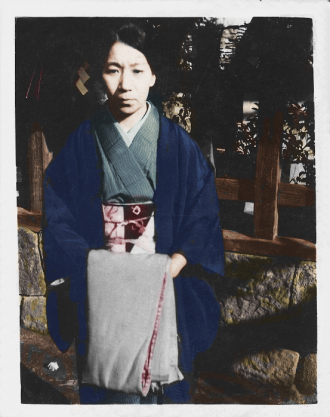Matsue Tamura Hino
Date & Place:
Not specified or unknown.


 George Erles
George Erles  Daniel Pinna
Daniel Pinna 
